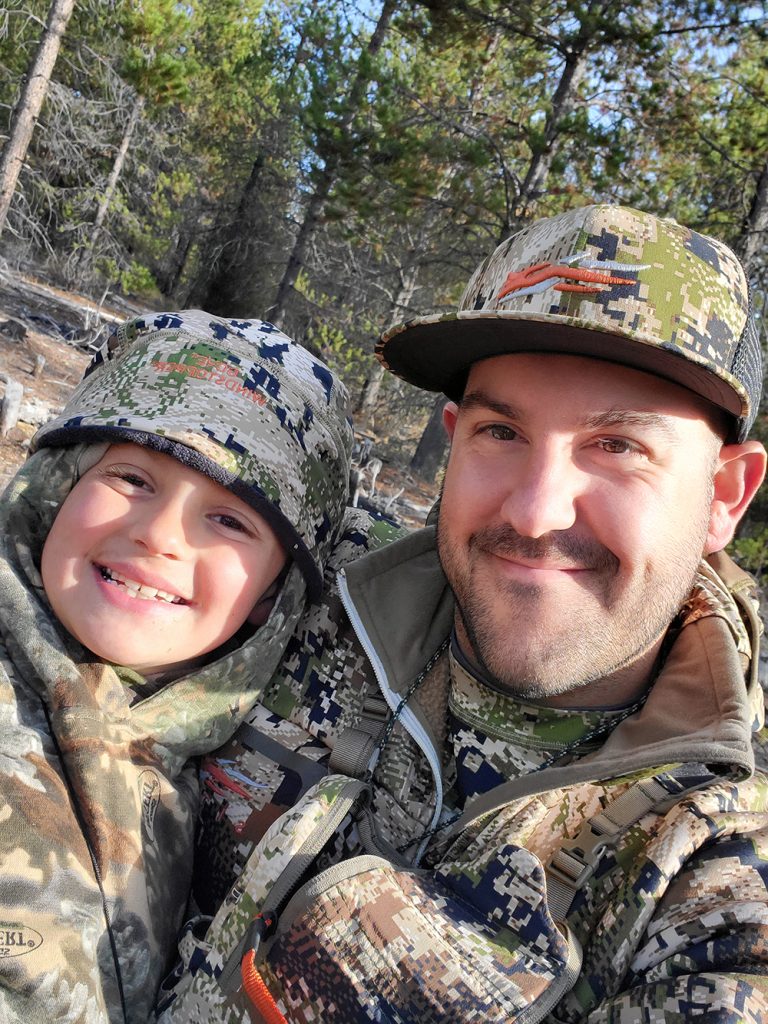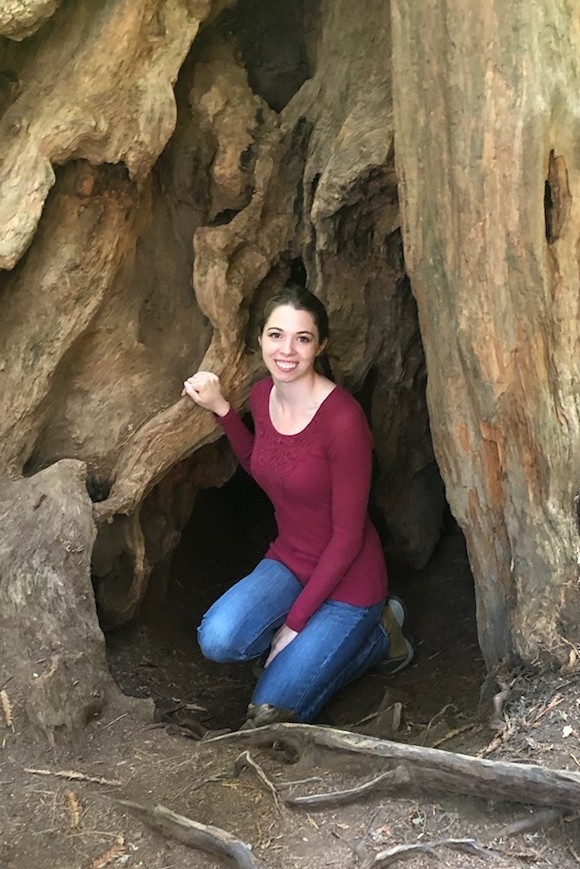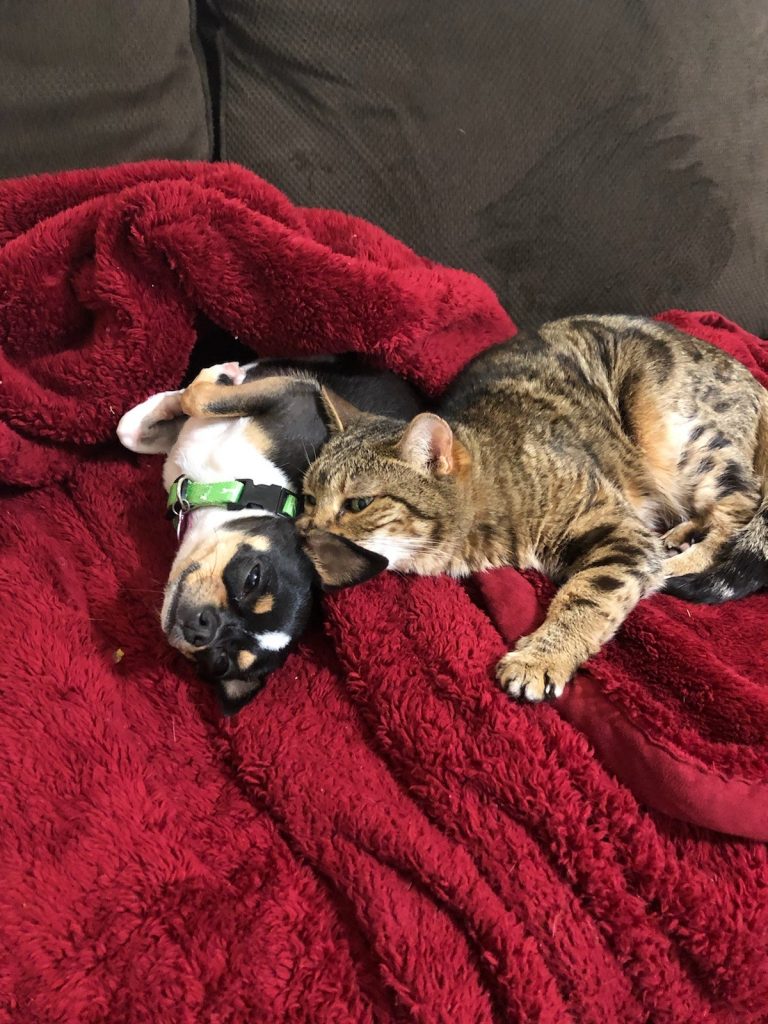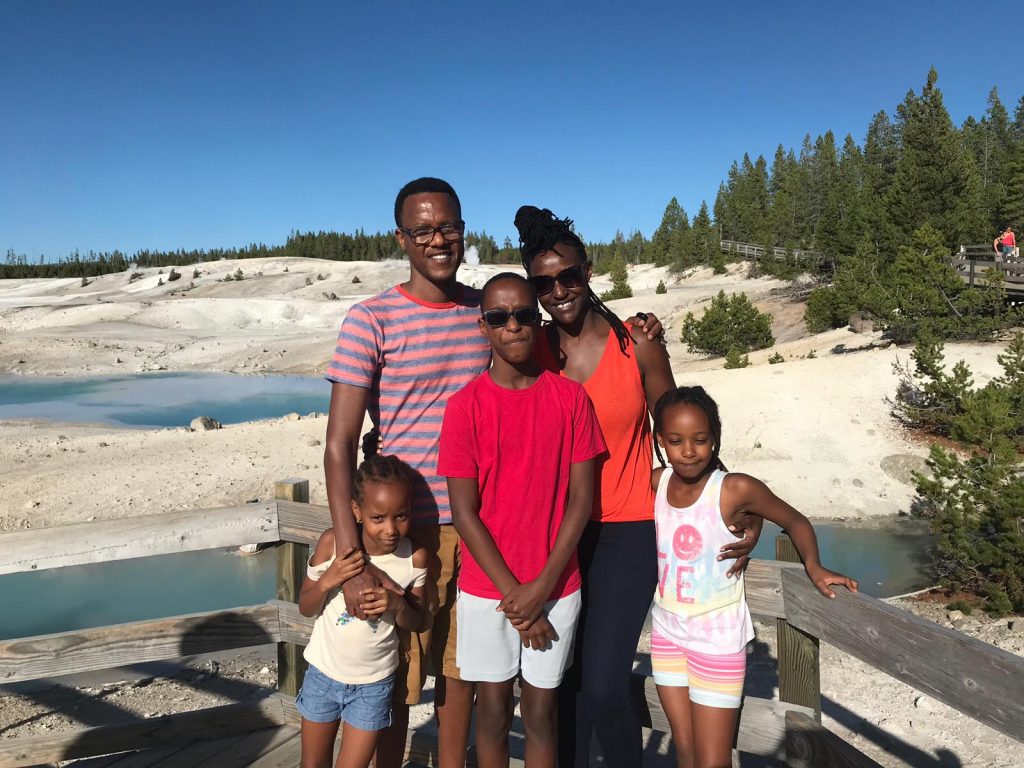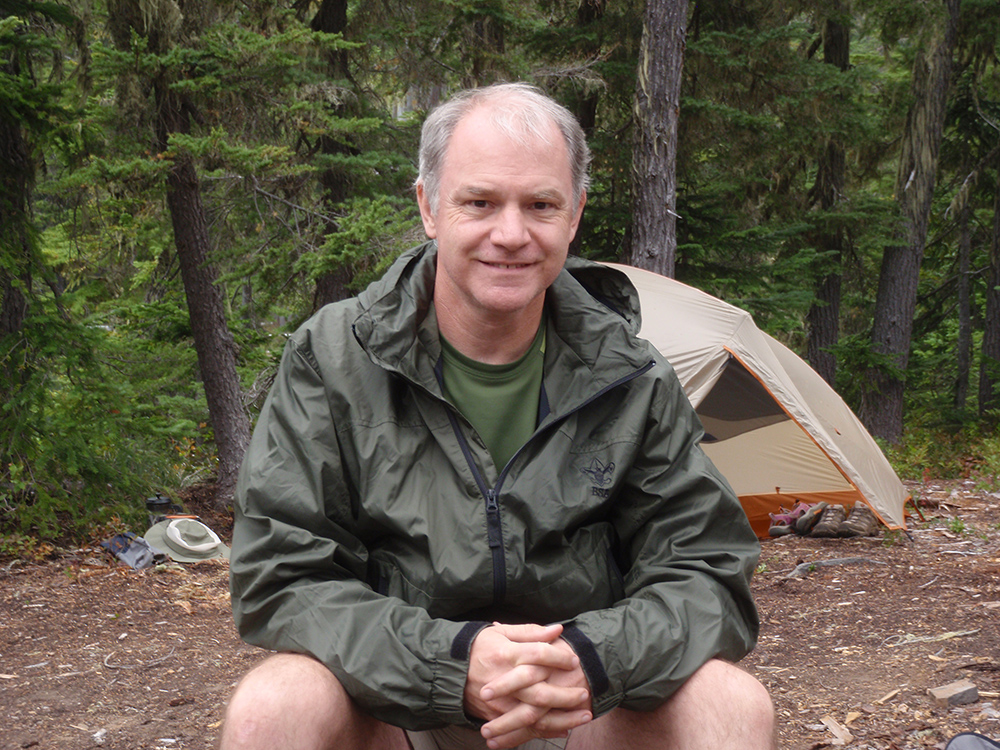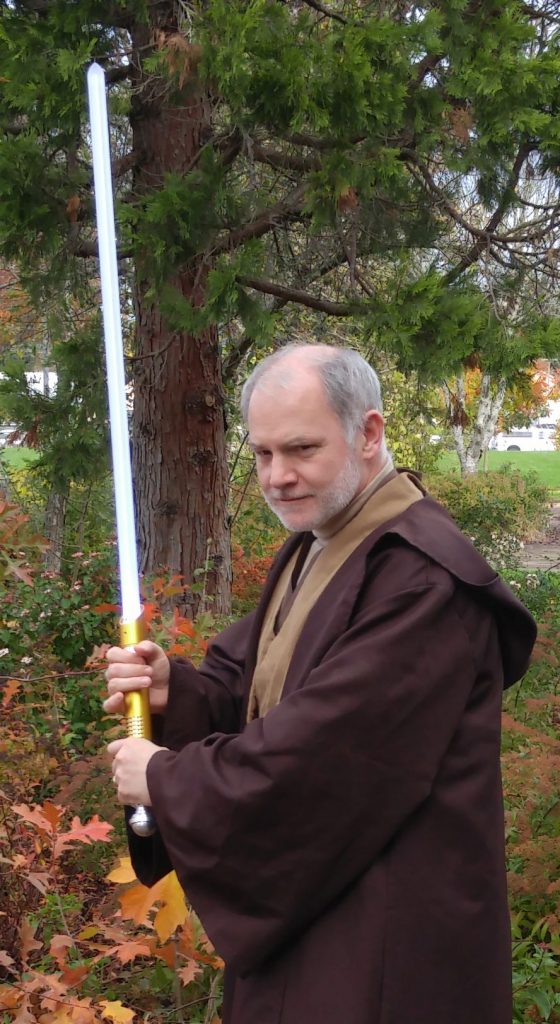Conventional timber harvesting has no effect on carbon levels in the mineral soils of the western Pacific Northwest for at least 3 1/2 years after harvest, according to recently-published research by Oregon State University and Weyerhaeuser Company.
The study is important because soils contain a large percentage of the total carbon in forests – generally about half of it – and understanding soil carbon response to clear-cuts and other forest management practices is vital in determining carbon balance in any given stand as well as the overall landscape.
Stable carbon levels in the ground means less carbon dioxide in the atmosphere. An important greenhouse gas, carbon dioxide’s concentration in the atmosphere has risen 30 percent since the start of the Industrial Age.
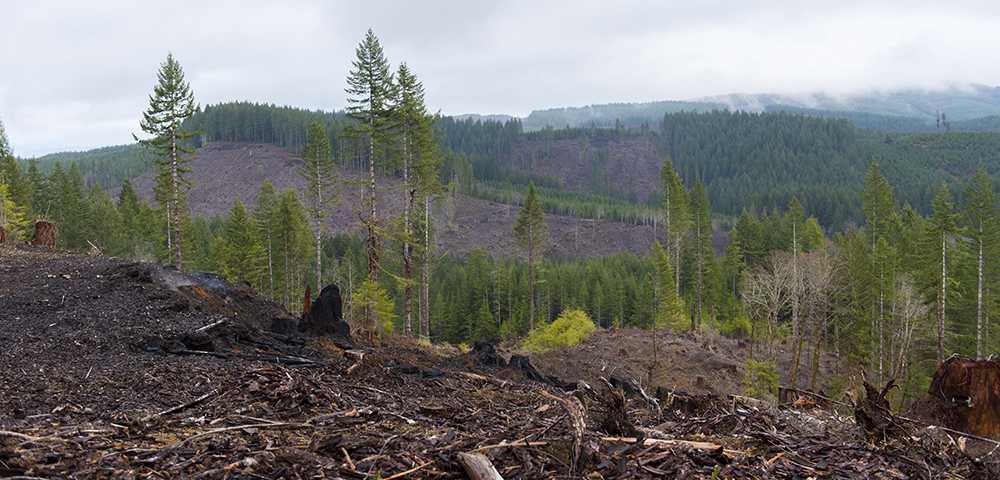
Historic in its scope, this collaborative and long-term effort between Jeff Hatten of the OSU College of Forestry and Scott Holub of Weyerhaeuser monitored nine managed Douglas-fir forest stands in Oregon and Washington, before and after conventional timber harvest and replanting, and involved more than 50,000 soil samples from 2700 sample points, thus far. Continued monitoring of soil carbon with additional rounds of sampling is planned at these sites for decades to come.
“Our original hypothesis that timber harvesting would decrease soil carbon in the short term was disproven,” said Hatten, a soils researcher in the college’s Department of Forest Engineering, Resources and Management. “And I think it’s fair to say this has been the most extensive sampling ever conducted to determine if harvesting has an impact on soil carbon.”
“The no-result was remarkable,” he said. “Even where you have the highest soil temperatures and the highest soil moistures – the strongest environment for decomposition that releases carbon dioxide into the atmosphere – harvesting doesn’t seem to have an impact in the areas we studied. And the results likely extend to similar areas, probably totaling many millions of hectares in the Northwest.”
Across all the sites combined, after harvest, the scientists found negligible change (+2%) in mineral soil carbon content and a 184 percent hike in forest floor carbon, the result of harvest residue.
Modern harvest methods are designed to cause minimal soil disturbance, and the stable soil carbon would seem to reflect that, the researchers said.
“Concern about rising atmospheric carbon dioxideconcentrations has heightened interest in the role that forests play in carbon sequestration, storage and cycling,” Hatten said. “Living trees sequester and store carbon, but less recognition has been given to soils’ role. We have plans to resample these sites in coming years and decades to look at the longer-term impacts.”
Citation:
Holub, S.M. and Hatten, J.A. 2019. Soil Carbon Storage in Douglas-Fir Forests of Western Oregon and Washington Before and After Modern Timber Harvesting Practices. Soil Science Society of America Journal 83(1):S175-S186.
Abstract available here: https://dl.sciencesocieties.org/publications/sssaj/abstracts/83/s1/S175










